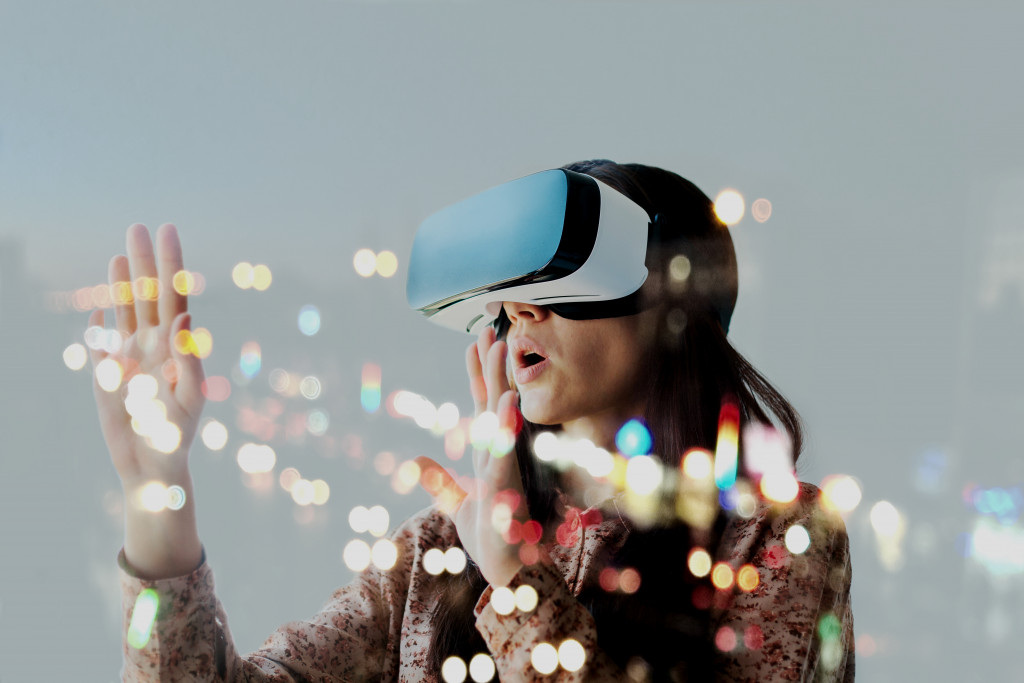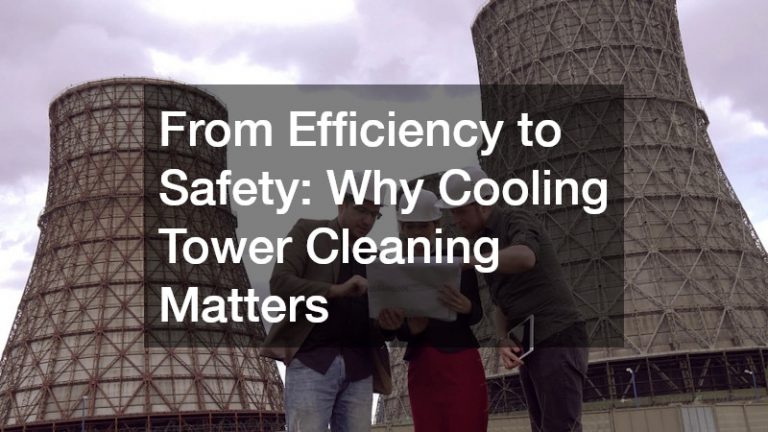Science and technology can stumble upon solutions that solve problems elsewhere, often unexpectedly so. History is full of these serendipitous discoveries and ‘happy accidents.’ Famous examples in medicine include the discovery of penicillin, as well as X-rays.
Today, the same technology used to make aids for visually impaired persons can also be used to benefit students. Augmented or virtual reality (VR) has become popular in the entertainment industry and video games, but it also has many tech companies looking into its potential applications in education.
But what exactly is the problem that needs solving? Here’s a closer look at one challenge modern education faces, how VR can help, and what you might be able to do about it in the meantime.
The issue of disengagement
The phenomenon of student disengagement isn’t new. Each year sees a percentage of the student population failing their subjects and dropping out. Many factors contribute to this, but ultimately students who lose interest in school do so because their vision of themselves doesn’t seem to fit in. They feel as though who they are and what they want to become, doesn’t matter to the system.
Technology might not be the cause of the disengagement issue. But it complicates the problem. Students now have easy access to a wealth of information through the internet. They can use it to better envision a place for themselves in society. And if they don’t see the educational system as relevant to that path in life, they will pursue learning outside the walls of the classroom.
The problem is that our established systems generally take longer to adjust in response to change. For instance, many children have long found the medium of television to be more engaging than reading a book. Despite that, interactive children’s programming only found its footing in the early 2000s with the likes of Blues Clues and Dora the Explorer.
Kids today know that they can find information and be entertained in equal measure through YouTube and other websites. But modern education has been slow to co-opt new technology in ways that improve the learning experience. This failure to utilize technology as a solution is a huge missed opportunity for our educators.
VR for experiential learning
VR is not going to be a panacea for student disengagement. But it has immense potential to improve learning through experience. Children learn rapidly and effectively by doing things and interacting with their environment. We can witness this powerful effect anytime we watch young children play. They go on all fours, engaging all senses, touching, smelling, and even tasting objects.
As kids go through the school system, however, experiential learning fades into the background. This is often due to resource limitations. Basic science experiments can be replicated in the school laboratory, but you can’t give kids a hands-on experience flying an aircraft. Even putting a modern computer build together might be too costly for a practical exercise in many schools.
People learn to do things from a manual or diagram all the time. But this represents a different degree of abstraction. It requires a greater cognitive leap to process that information successfully and master a skill. This, in turn, increases the odds that a student who might be dealing with other problems in life, such as family issues or financial matters, will become disengaged. They won’t learn as effectively.
With VR, simulated environments allow the learner to regain that sense of interactivity. It’s easier for them to visualize complex functions, learn by doing, and retain knowledge with an emotional connection to the experience.
Intermediate steps

Until VR becomes widely available, today’s educators can learn from its potential and make intermediate steps towards the same goal of engaging students. Whether you’re a schoolteacher, parent, or private tutor, you can recognize the risks of disengagement and use technology to make lessons relevant and easier to grasp for kids.
You can learn from the principles underlying video games. Gamification of learning invokes established psychological factors to maximize engagement and learning effectiveness.
Adjust your approach to a student’s level of competency, and give constant feedback on their progress; gradually withdraw support as they improve. Distribute learning content in chunks, spaced out over time, and provide multiple paths to success; this gives them a sense of autonomy. And tie in rewards to social connections and the learner’s personal narrative to better reinforce their sense of identity and growth.
Hopefully, the involvement of major tech companies in educational VR will be accompanied by subsidies to facilitate its adoption. But even without the technology itself, you can learn from these developments and make education a more engaging experience in preparation for the future.








